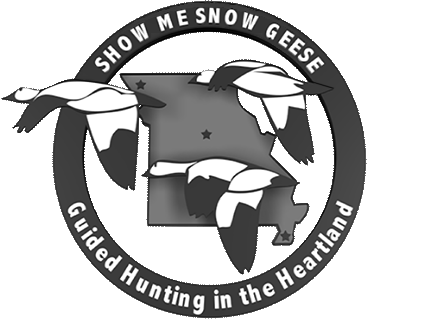 Remember the first time you surprisingly heard gunfire? In all likelihood, it startled you. Now imagine being a dog that cannot really understand the thought you are trying to convey and then all of a sudden hearing a very loud bang in his very sensitive ears. Probably not a very pleasant experience, right? This is why you need to introduce your waterfowl hunting dog to gunfire very slowly and carefully.
Remember the first time you surprisingly heard gunfire? In all likelihood, it startled you. Now imagine being a dog that cannot really understand the thought you are trying to convey and then all of a sudden hearing a very loud bang in his very sensitive ears. Probably not a very pleasant experience, right? This is why you need to introduce your waterfowl hunting dog to gunfire very slowly and carefully.
What to Avoid when Training Your Dog for Gunfire
How many of you were just thrown into a pool or lake by your father to learn how to swim? Unfortunately, many hunters use the same philosophy when they are training their dog. They simply take him to the range or out in the woods and just start firing off their weapon. If you want to ruin your retriever in regard to hunting, this will do it.
Something else to avoid is simply taking the dog on a duck hunting trip without taking the time to properly introduce him to gunfire. Your retriever maybe from best hunting genetics in the world, but improperly done this can rattle your hunting dog beyond repair. There is no quick fix for getting your pup used to gunfire. It will take dedication, patience and a commitment on your part.
Proper Training a Dog for Gunfire
First, your dog must be enthusiastic about hunting and retrieving birds. If the dog does not show any interest, it is unlikely exposing him to gunfire is going to make it any better. However, if the dog enjoys being in the field , retrieving bumpers and birds, you can begin to slowly introduce him to the sound of gunfire.
- The first step should be to introduce small arms fire in the field while the dog is playing , actively having fun. You should also do this from a distance so as not to startle him too much, having a helper that fires the gun while you are interacting with your dog helps. Try firing something like a .22 about a couple of hundred yards away . Keep a close eye on the dog to see how he reacts. If he scares, simply stop and try again in about a week.
- If the dog does not startle from the shot, you can gradually work closer over several sessions. Continue to fire shots until you are eventually right next to the dog without him getting startled.
Additionally you may find it helpful to throw a bumper or a bird for your hunting dog just as each shot is fired this will help imprint a good thing with the sound of gunfire. - Once the dog is familiar with the gunfire, it is time to increase the firepower until you are using your actual hunting weapon. Again, if the dog startles at any point, take a break and try the weapon again later. At no point do you want to rattle him so he associates the gunfire with a negative experience. (Note: use the same process with every new weapon as you did the first time. You should never fire a more powerful weapon next to the dog without first walking in the distance).
Some hunters will find that their dog handles some of the early weapons fine and then startles when they increase the firepower. This could be a case of introducing the more powerful weapons too early or it just being the louder noise is a little overwhelming. If backing up does not work, consider training your dog in the presence of more polished hunting dogs that are already used to the weapon. Their non-reaction to the firing may serve as a calming influence and allow your new waterfowl hunting dog to finish his gunfire training so he can join you out in the field for a real duck hunting trip.

